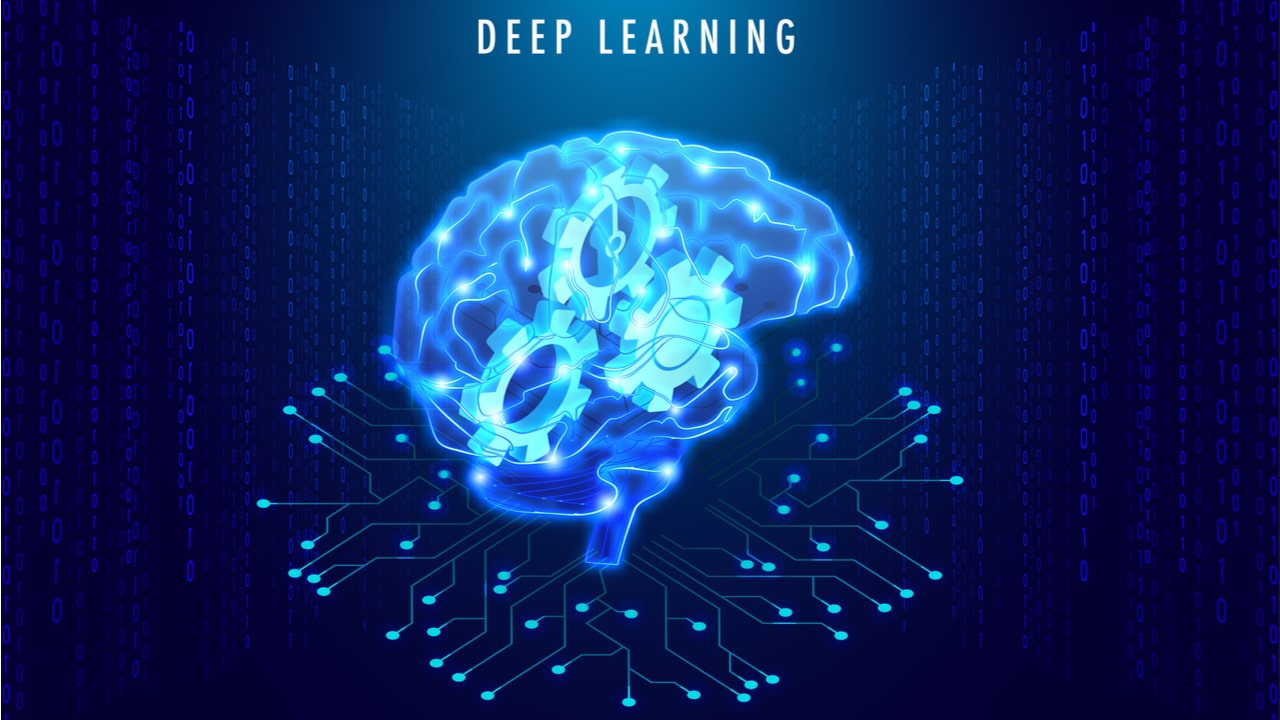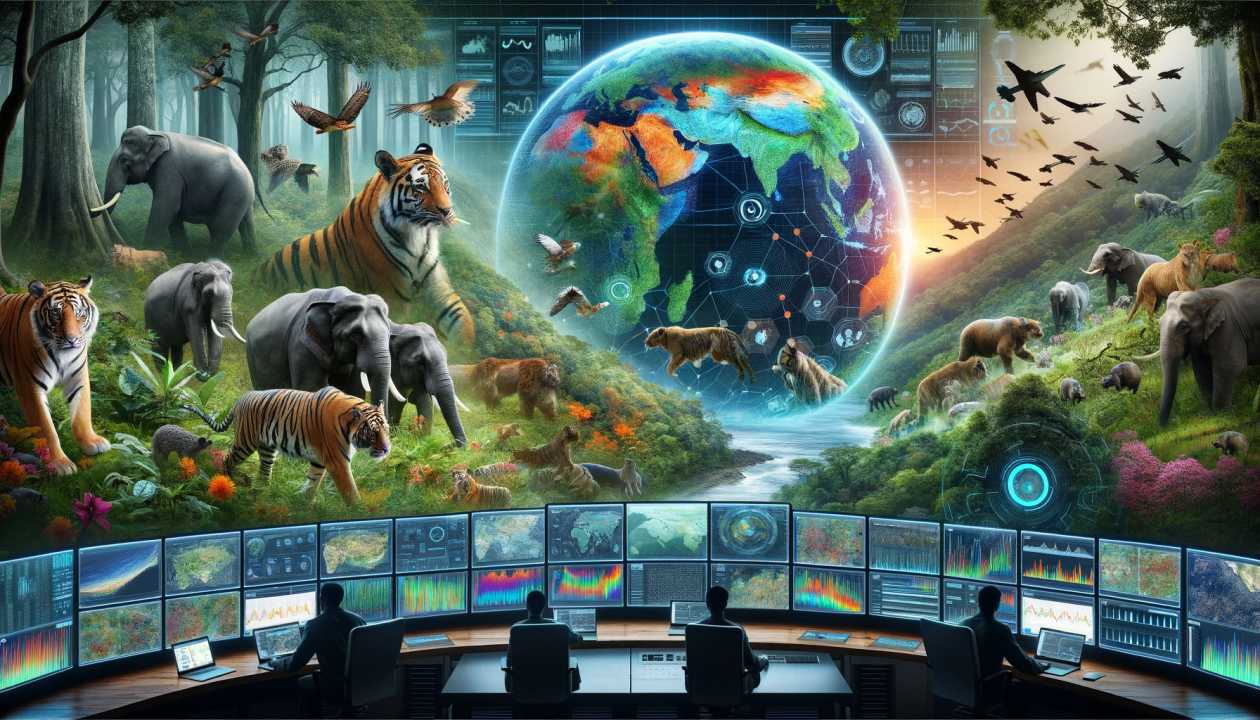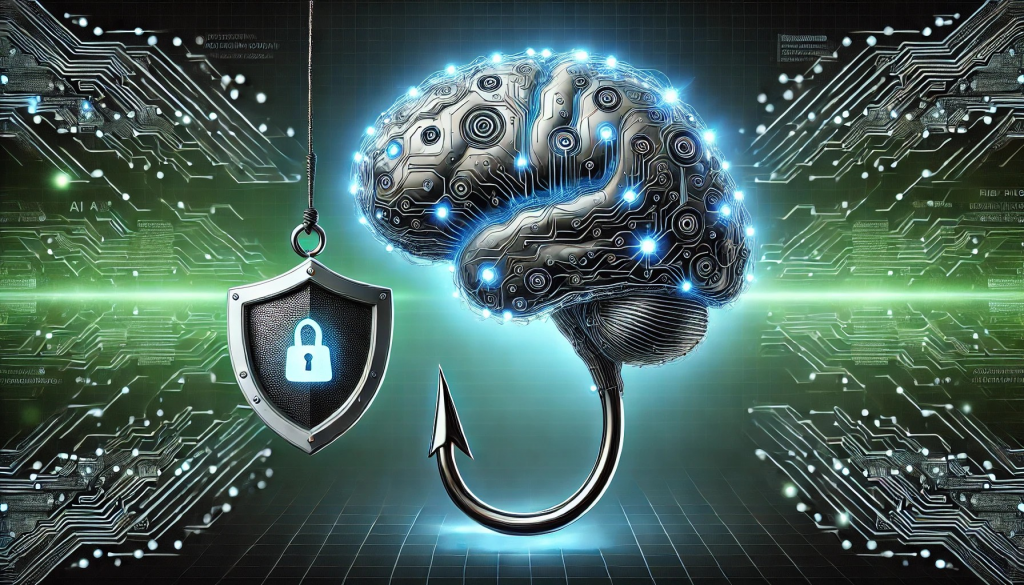justineanweiler.com – Deep learning is a powerful technology that is changing the world. It’s a type of Artificial Intelligence (AI) that allows computers to learn from data and make decisions without being explicitly programmed. This has led to major advancements in areas like healthcare, self-driving cars, entertainment, and more. Let’s break down what deep learning is, how it works, and how it’s being used today.
What is Deep Learning?
Deep learning is a part of machine learning, which is itself a branch of AI. It involves training artificial neural networks—systems modeled after the human brain—to recognize patterns in large amounts of data. Unlike traditional machine learning, which often requires humans to manually select features from data, deep learning can automatically figure out important features by looking at raw data.
The “deep” part of deep learning refers to the use of multiple layers in a neural network. These layers help the system learn more complex patterns, from basic shapes to more detailed features. For example, in an image, the first layer might recognize edges, while deeper layers could recognize objects like faces or cars.
How Deep Learning Works
Here’s a simple breakdown of how deep learning models work:
- Input Layer: The model gets input data (like an image or text).
- Hidden Layers: The data goes through several layers, where the system extracts features (like edges or shapes in an image).
- Activation Functions: Each layer decides which features to pass to the next layer. This is done using activation functions that help the model decide what’s important.
- Learning: The system compares its predictions to the real results. It then adjusts itself to reduce errors. This process is repeated until the model gets better at making predictions.
Types of Deep Learning Models
Different types of deep learning models are used for different tasks. Some of the most common ones are:
- Feedforward Neural Networks (FNNs)
These are basic networks where data moves from input to output in one direction. They’re used for simple tasks like classifying emails as spam or not. - Convolutional Neural Networks (CNNs)
These are mainly used for images. CNNs can recognize patterns like edges, shapes, or even faces in photos, making them perfect for tasks like image recognition. - Recurrent Neural Networks (RNNs)
RNNs are used for sequential data, such as speech or text. They remember previous information, which is important for tasks like language translation or speech recognition. - Generative Adversarial Networks (GANs)
GANs consist of two models—a generator that creates new data (like images) and a discriminator that decides if the data is real or fake. These models work together and get better over time. - Autoencoders
Autoencoders compress data into a smaller form and then recreate it. They’re used for tasks like data compression or finding unusual patterns in data.
Real-World Applications of Deep Learning
Deep learning has already made a big impact in several areas:
- Computer Vision
Deep learning is used to teach computers to see and understand images. For example, CNNs are behind technologies like facial recognition and object detection in self-driving cars. - Natural Language Processing (NLP)
Deep learning helps computers understand and generate human language. It powers voice assistants like Siri and Alexa, and is used in translation apps and chatbots. - Self-Driving Cars
Deep learning helps self-driving cars navigate by processing data from sensors, cameras, and radar to understand their surroundings. - Healthcare
In medicine, deep learning can analyze medical images (like X-rays or MRIs) to detect diseases such as cancer. It also helps in personalized treatment recommendations. - Finance
Deep learning is used to detect fraud, predict stock prices, and assess credit risk by analyzing large amounts of financial data. - Entertainment
Services like Netflix and Spotify use deep learning to recommend movies, shows, and music based on your preferences. - Robotics
Deep learning helps robots navigate their environment, recognize objects, and perform tasks autonomously. For example, warehouse robots can pick and sort products using deep learning.
Challenges in Deep Learning
Despite its power, deep learning has some challenges:
- Data Needs
Deep learning models need a lot of data to work well. Gathering and labeling data can be time-consuming and expensive. - High Computational Costs
Training deep learning models requires powerful computers (like GPUs), which can be expensive. - Black Box Problem
Deep learning models are often seen as “black boxes” because it’s hard to understand how they make decisions. This can be a problem, especially in areas like healthcare or finance, where transparency is important. - Overfitting
Sometimes, deep learning models can “memorize” the data instead of learning general patterns, which means they don’t work well on new data. This is called overfitting, and it can be prevented by using special techniques.
The Future of Deep Learning
The future of deep learning looks bright. With more powerful computers and better algorithms, deep learning will continue to drive advancements in AI. We can expect to see more smart applications, such as AI that creates art, machines that can think and learn like humans, and robots that can perform complex tasks.
At the same time, researchers are working on making deep learning models more efficient, transparent, and fair. This will help address current challenges and make deep learning even more impactful in the future.
Conclusion
Deep learning is one of the most exciting areas of AI today. It allows machines to learn from data and make decisions, powering everything from self-driving cars to voice assistants. While it has some challenges—like data needs and transparency—its potential is enormous. As technology improves, deep learning will continue to shape the future of AI and open up new possibilities across many industries.





